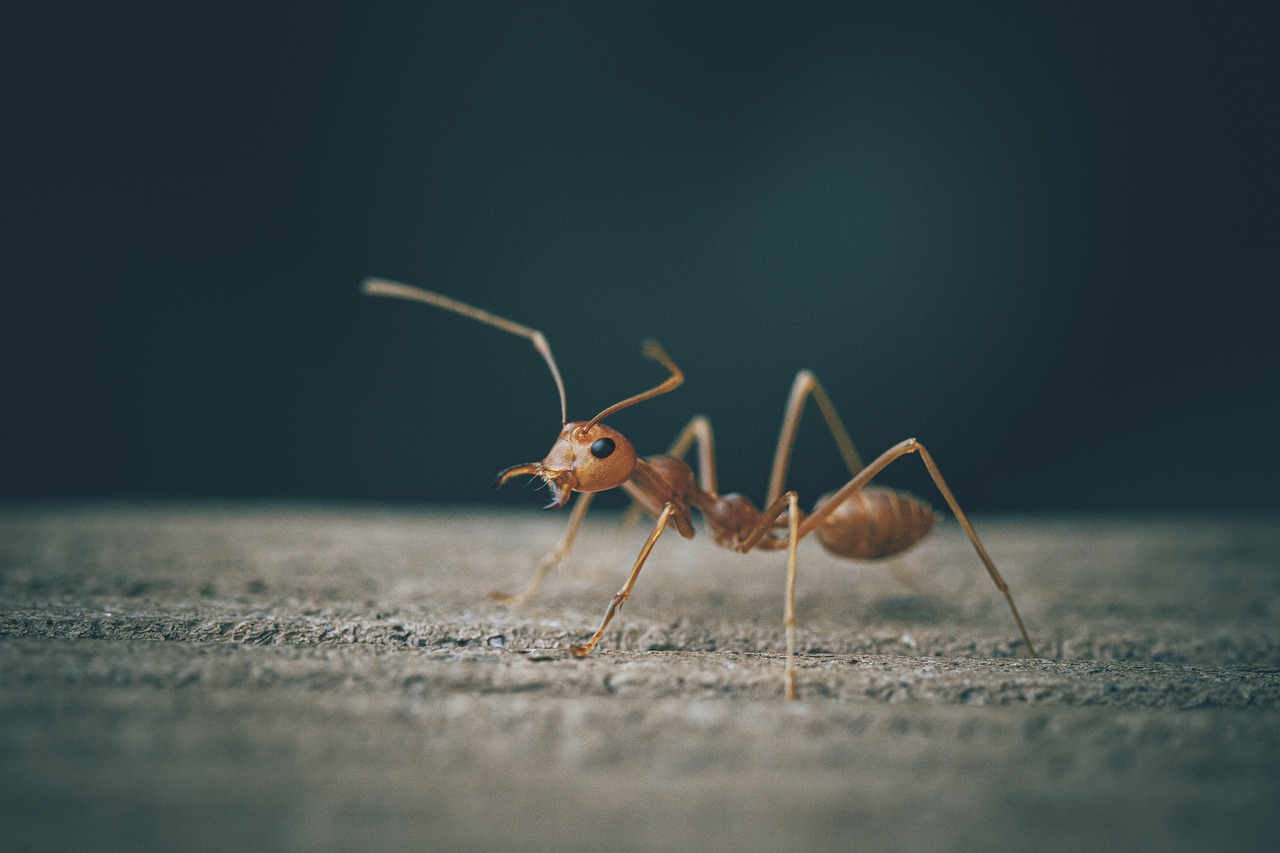
Pre-reading questions:
- Why do scientists study animal behaviors?
- What makes it difficult for animals to stay safe in their habitats?
Vocabulary:
- limb /lim/
- nestmate /NESS-mate/
- peer /peer/
- affect /uh-FEKT/
- secretion /si-KREE-shuhn/
[noun] – an arm or leg of a person or animal
He injured his right limb during the accident and required surgery.
[noun] – members of the same nest, typically referring to insects like ants or bees
Insect colonies need nestmates to work together and get along well to stay healthy and survive tough environments.
[noun] – other members of the same species or group
The study observed how elephants communicate with their peers over long distances using low-frequency sounds.
[verb] – to have an influence on someone or something, or to cause a change in someone or something
The new regulations will affect how we conduct business operations.
[noun] – the process by which an animal or plant produces and releases a liquid, or the liquid produced
The spider’s venomous secretion is used both for defense and for capturing prey.
Article reading:
Researchers observed ants caring for injured nestmates by cleaning wounds with their mouths or biting off damaged limbs. They decided to amputate based on where the injury was; usually higher-up limbs were removed, but lower-limb injuries were less often treated this way. This behavior was described in a study in the journal Current Biology by entomologist Erik Frank from the University of Würzburg, Germany. It is the first proof that animals other than humans use amputations to help injured peers. Frank said this “medical system” is as advanced as human medicine. Ants decide based on hemolymph flow, like an insect’s blood, which affects how well amputations work. Injuries higher up allow more time for effective treatment, but lower leg injuries are faster to get infected, making amputations less helpful. Even though these ants do not have the same antibiotic gland secretions as other ants, they survive a lot through careful wound care and strategic amputations.
Comprehension questions
- What kind of ants were studied in the research?
- Where do Florida carpenter ants usually live?
- How do ants help injured nestmates?
- What is the purpose of amputating higher-up limbs in ants?
- Why are lower-limb injuries less often treated with amputations?
Discussion questions
- Have you ever witnessed an animal showing care or helping another animal in distress? If so, describe the situation. If not, what are some examples of animals known for their caring behaviors?
- Have you ever learned about unique survival techniques of animals in biology class? If so, share an example. If not, what aspects of animal behavior do you find most interesting?
- Do you think studying how animals like ants amputate limbs could help us learn more about human medicine?
- How could learning about how animals like ants care for injured friends change how we think about how smart and caring insects are compared to animals like mammals?
- What do you think scientists can learn from studying ants’ behavior of amputating injured limbs?